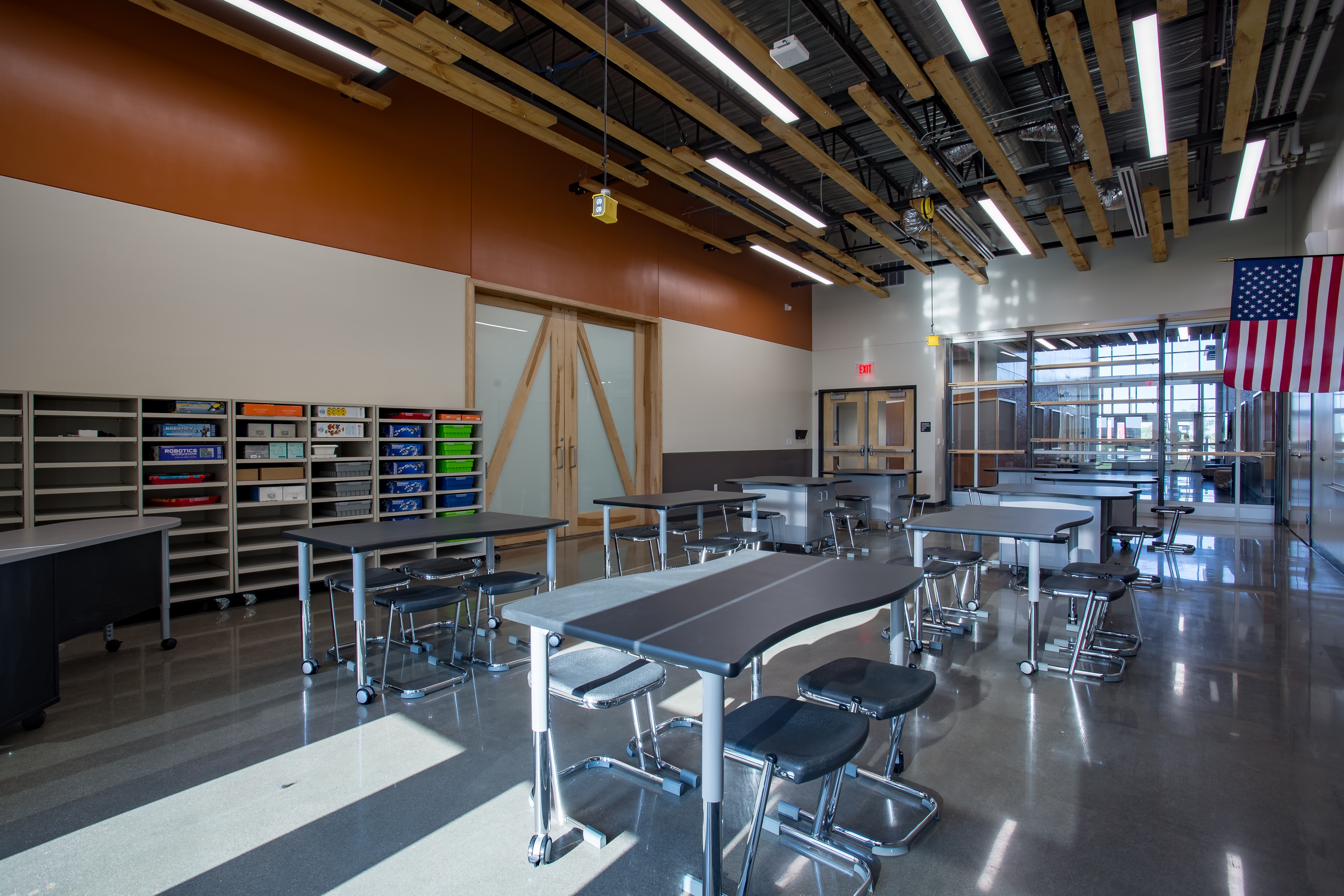
Once you have built a makerspace and filled it with all of the right tools and furniture, it’s time to start thinking about what your classes will look like. There is an abundance of resources for finding great makerspace projects, challenges and tasks. So figuring out what to ask the students to do is fairly simple. But what is the role of the teacher in the makerspace? How do critical teaching elements such as classroom management and assessment look in a makerspace?
Whether your students spend most of their days sitting at traditional desks, or are pros at project-based learning, a makerspace will get them excited. The open-ended nature of the tasks that this space facilitates, and the cool tools and materials are refreshing and inviting. Your students will come into this space with lots of energy, and that’s why the classroom management starts with channeling that energy.
Of course a makerspace is very different from a typical classroom, but there are still some similarities. First of all, it is the educators job to make sure that there are clear rules in this space. There must be guidelines about proper use of dangerous or expensive tools. You might consider hanging up signs in different areas around the room where supplies and tools are stored, stating what the guidelines are for those particular things. Secondly, make sure that there are also basic classroom rules, such as not bringing food and drinks in, which should be reviewed at the beginning of the school year. You can always come back to them as needed. These should be hung in a prominent place as well, so students are clear about what the behavioral expectations are.
It’s extremely difficult, if not impossible, to put a grade on creativity. Makerspace tasks are supposed to be open ended, yet that leads to the challenge of assessing creativity. The first step in assessing is breaking the project down into parts, for example: planning, teamwork, use of materials, function, fulfillment of objectives. Then each element should be given a number value. Students should receive the rubric with the number value of each component before they start working on the project. How can a teacher assess teamwork? The best thing to do is to walk around the room and see what is going on in the groups, while the students are at work. Students can also be asked to provide feedback about the collaborative process, explaining what was successful, and what they would change for next time. You might be surprised about how much students will share when you ask the right questions.
The bottom line is that a good teacher can figure out how to make a class work in any space. Developing assessment and classroom management tools for a makerspace requires forethought, and evaluation throughout the process. By making a conscious effort to think about these things before we step into the classroom, teachers are more likely to have a successful year.
